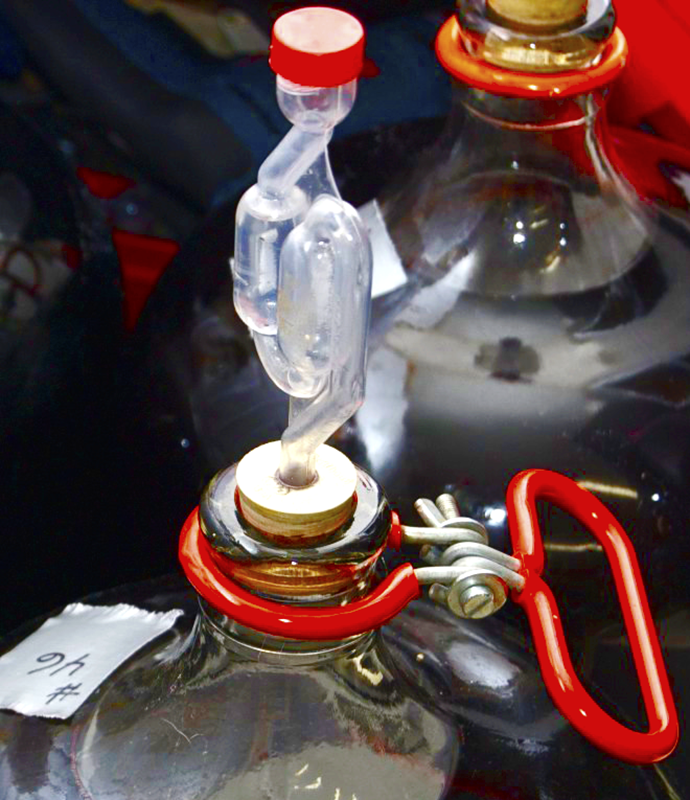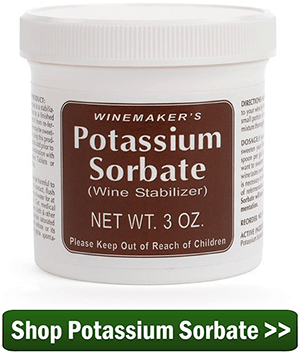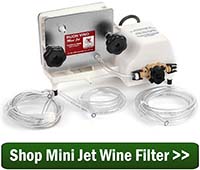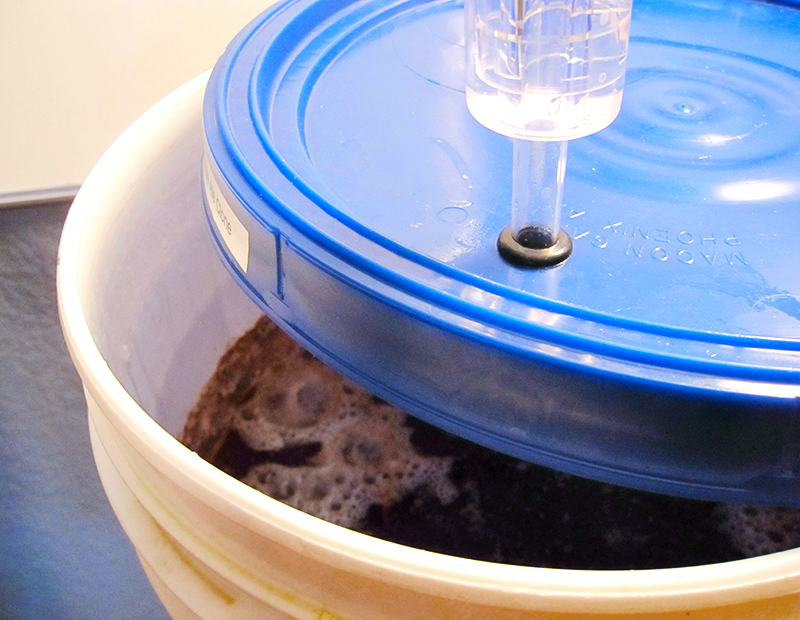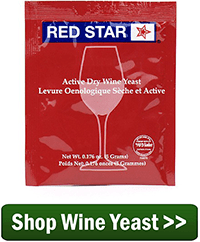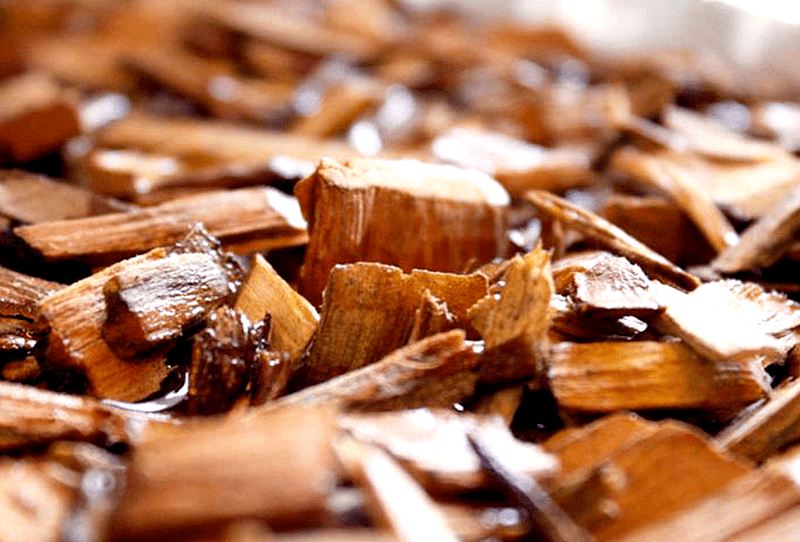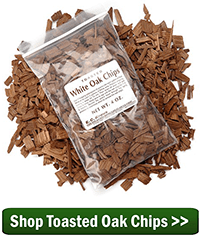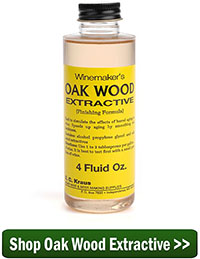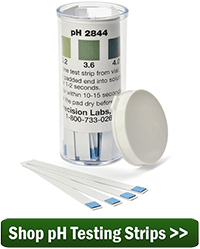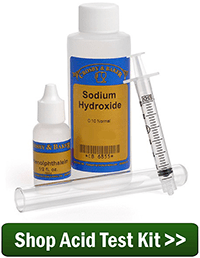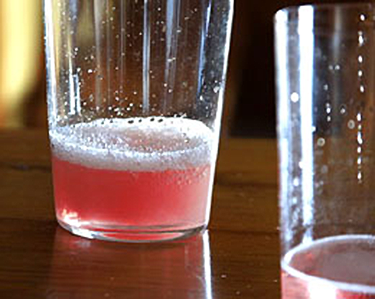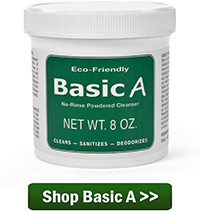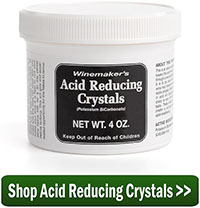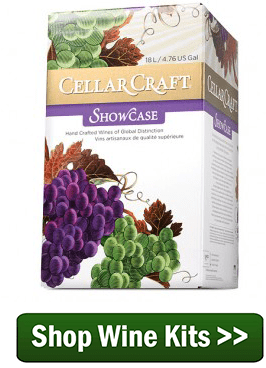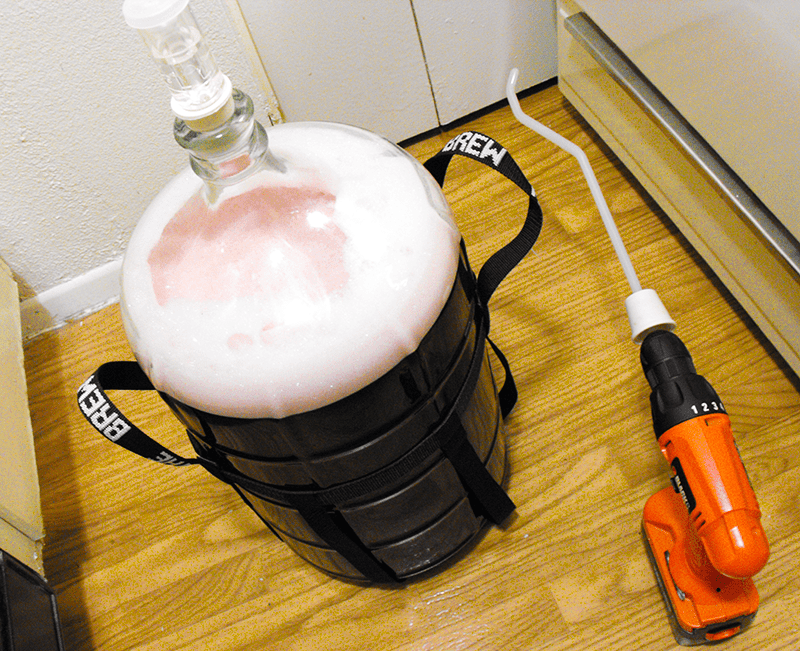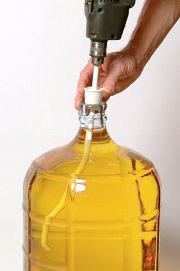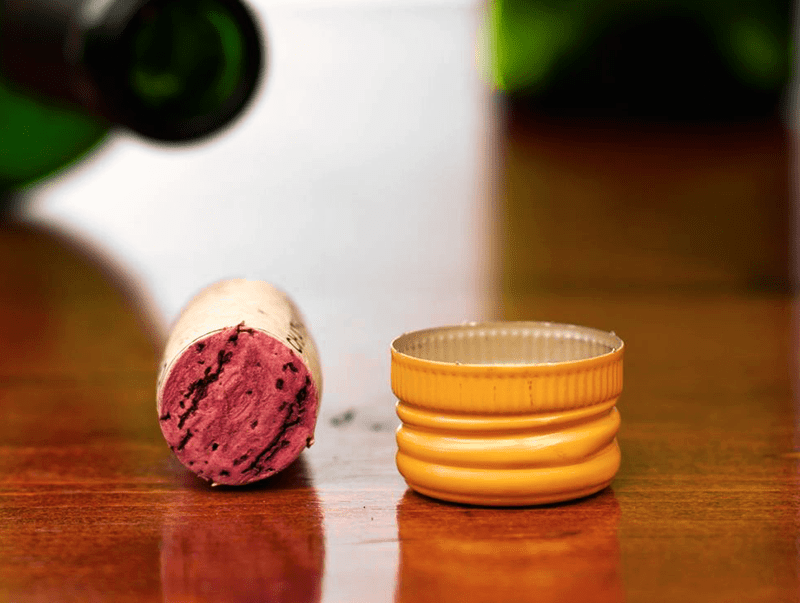 Here’s a great question from one of our customers about using wine cork vs screw cap wine bottles. I thought this would be great to share!
Here’s a great question from one of our customers about using wine cork vs screw cap wine bottles. I thought this would be great to share!
—–
I live very close to a winery and use their used wine bottles for bottling my homemade wines. Sometimes they use cork wine bottles and screw cap wine bottles for the same wine. Do you know why this would be?
Name: William B.
State: Virginia
—–
Hello William,
Thank you for such a great wine making question. I’ll see what I can do to clear up why you would see a winery use both wine cork and screw cap, and more specifically, why a winery would use both on the same batch of wine!
Here’s the basic pros and cons of using one over the other.
Using screw cap wine bottles will extend the life of a wine. The screw caps make a perfect seal, not allowing any air to seep into the wine. This perfect seal extends the wine’s shelf-life. You could have a screw cap wine be fantastic for 7 or 8 years that otherwise would have only been at its best for 4 or 5 years under cork.
But this “perfect seal” also extends the amount of time the wine needs to mature into a drinkable or – in the case of a winery – salable wine. In fact, it could take up to twice as long for the wine’s maturation process to plateau. This means more inventory sitting in the racks that can’t be sold.
On the other hand, wine corks facilitate the aging process a little more freely. A natural cork allows minuscule amounts of air to pass by it. Over time, this trace amount of air will facilitate the wine’s ability to age and become more drinkable sooner. The downside is that the entire life of the wine will be shortened. So while it will be ready for market sooner it will not last as long on the shelf.
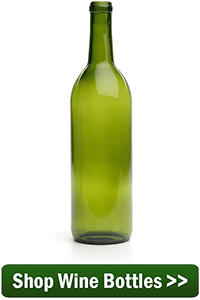 It is possible that the winery corked some of their wine to sell earlier and used screw caps on some to sell later. In effect, this would time out the aging of the wine so that there would be more wine reaching peak maturity over a longer period of time. However, this is only speculation on my part.
It is possible that the winery corked some of their wine to sell earlier and used screw caps on some to sell later. In effect, this would time out the aging of the wine so that there would be more wine reaching peak maturity over a longer period of time. However, this is only speculation on my part.
There used to be great debates over the use of screw caps. Whenever someone saw a wine under a screw cap they automatically thought: cheap or low-grade wine. That’s absolutely not the case today. Whether a winery uses wine cork vs screw cap is a matter of wine treatment, a calculation of sorts that has nothing to do the the aesthetics and everything to do with maximizing the quality of the wine.
In general, you will discover that lighter-colored wines with less body, such as a Zinfandel Blush or a Chablis are more likely to be under screw cap. This is not because the wines are of low quality, but rather, because the wines are anticipated to fully maturate more quickly than most and do not need the air seepage the natural wine corks provide. They need the air-tight, screw cap wine bottles to slow the process down.
This principal of controlling how a wine ages can be incorporated into home winemaking as well.
Whenever you are ready to bottle a wine, first think about how long the wine could potentially be shelved before it is all consumed: 1 year, 3 years, 3 months! Think about the color of the wine. Is it a white wine that is at risk of oxidation? Are the grapes used to produce the wine known for producing complex, rich wines that can take advantage of abundant aging, or are the grapes known for being crisp, fresh and quickly aging?
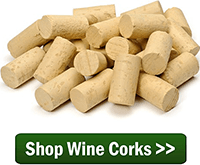 When you consider such factors you can start to come up with your own plan and know how to handle the question of wine cork vs screw cap. If your wine’s do not sit around long, go with the wine corks so they can get some aging in. If your batches of wines tend to sit around for years before being consumed go with screw cap and so on with other considerations.
When you consider such factors you can start to come up with your own plan and know how to handle the question of wine cork vs screw cap. If your wine’s do not sit around long, go with the wine corks so they can get some aging in. If your batches of wines tend to sit around for years before being consumed go with screw cap and so on with other considerations.
William, I hope this answers the question you had about wine cork vs screw cap. As you can see, there is definitely a reason for using one over the other.
Happy Winemaking,
Ed Kraus
—–
Ed Kraus is a 3rd generation home brewer/winemaker and has been an owner of E. C. Kraus since 1999. He has been helping individuals make better wine and beer for over 25 years.

 It’s hard to believe that
It’s hard to believe that 